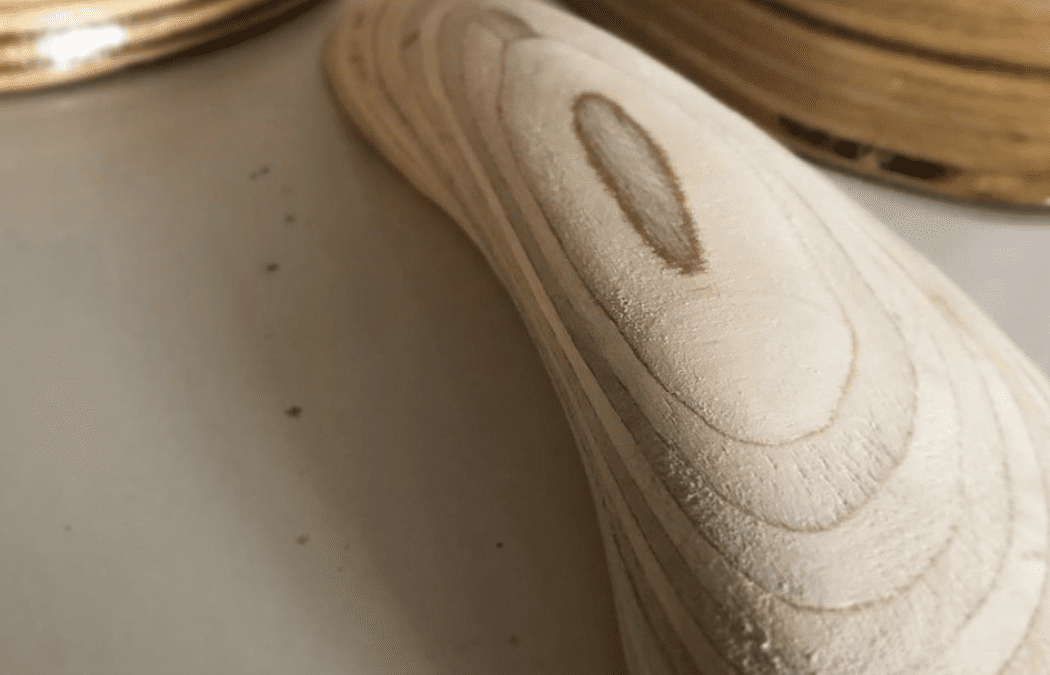Stay-At-Home Climbing Training Routine: Day 26
Day 26 of a 28-day climbing-training routine for athletes looking to progress during self-isolation.

Today marks the second-to-last day of our four-week training cycle. Over the course of these last four weeks, climbers across the country have banded together against the spread of COVID-19. The majority of climbers have stayed away from crags, electing to remain at home and await the end of self-isolation.
Though self-isolating is far from a vacation, it has offered many climbers the opportunity to work on specific weaknesses. For climbers with limited conditioning experience, these last three weeks have proven valuable, allowing athletes to work on balancing their musculature. This last week, week four of the 28-day training cycle, has acted as a deload week. The purpose of this week is to offer conditioning athletes a period of recruitment in which they can heal and build that strength they were working for. This week also serves as a preparatory period for the power cycle that will follow this month of conditioning.
This power cycle will run over the course of another four weeks, so that we might train the muscle we have grown to complete high-load exercises. These exercises will translate to the development of high power so that we might pull even harder on our old projects. Where the last four weeks will have helped with the strength training required for movements related to body-tension, these next four weeks will focus on pulling hard.
Day 26
It is important that this routine is done in the order it is written.
Warm Up:
- Warming up will likely differ between people, but these are a few good warm ups.
- Shoulder rolls
- Rotations: hold arms out perpendicular to the length of your body. Your arms should be parallel to the floor. Begin by rotating your wrists clockwise while your arms are straight. Then increase the rotation from the shoulders, maintain g your straight arms. Steadily increase the radius of rotation until your arms are wind milling, then reverse the direction.
- Hang on a bar and retract and relax your shoulders
- Complete a number of pull ups that would warm you up but not tire you out
Agonist muscles:
Once your biceps and shoulders are fully warm, or so warm that you could pull as hard as you would want, begin off-set pull ups.
Offset pull ups:
Offsets are designed to help you build one-arm power. Though we completed a few of these over the course of our conditioning period, we will adjust them for maximum output. For Day 26, hang a rope from your pull-up bar. Place your hand as low as you can on that rope. Either knot it or tape the rope so that you know your maximum offset distance between days.
- Complete 4 sets of 3 repetitions on each arm
- Rest for two to five minutes between each set, even between arms
- Be careful of your wrists during this period.
- If you are already capable of completing a one-arm pull up, then strive to complete between 6 and 10 one-arm pull ups, a side, separated by two-minutes rest.
- Rest for two to five minutes between each set, even between arms
Lock-Offs:
Once your offsets are complete, rest for five-minutes and begin your lock-offs.
Try and hold a lock-off with one arm bent at 90-degrees. If this is too challenging, complete the exercise in a full lock-off on one arm. If this is too difficult, complete ten negatives.
- Negatives: Hold a full lock-off with two arms at the top of the bar. Let one arm go and try and resist gravity with the other arm. You will either hold the lock-off or slowly descend to a straight arm position. The goal of a negative is to increase the time it takes to descend.
- Complete ten one-arm negatives on each side
- Lock Offs:
- If you are able to complete the lock-off, then…
- Aim to hold lock for 10 seconds. 3 sets a side.
Antagonist Muscles:
Push-ups: High Intensity
Complete 5, 7, or 10 repetitions depending on your skill level per exercise. Once that is established…
Complete the following exercises three times in a row for a total of nine sets. Your total push-up count for the day will be either 45, 63, or 90 repetitions.
- elbows-back push-ups: complete 5-10 then rest 30 seconds
- diamond push-ups: complete 5-10 then rest 30 seconds
- archer push-ups: complete 5-10 then rest 30 seconds
Core:
For Day 26 we will maintain a fairly high level of repetitions in our core exercises. We will reduce this number slightly in an effort to perfect our form. On the leg-lifts especially, strive for perfect form. Remember, perfect form means no swing and straight legs.
Hanging leg-lifts:
Beginner: 10 sets of 5 repetitions: bring the legs up so that your body makes a 90-degree angle
Moderate: 10 sets of 5 repetitions: bring your feet to the bar
Expert: 10 sets of 10 repetitions: feet to bar
The 5-minute Core Destroyer:
- One minute each of the following exercises:
- Plank
- big kicks
- swimmer kicks
- V-Sit
- big kicks
- There is no rest between each exercise, instead rest at the conclusion of all five exercises. Then rest for five minutes and repeat the series twice more.
Flexibility:
Hold each stretch for 15-30 seconds:
- Straddle Splits: This stretch is important to climbing as it increases a climber’s lateral flexibility for moves like stemming in a corner.
- Hamstring: keep your legs straight and bend down to your feet. Keep your back flat for an alternate version of this stretch.
- Hip-flexor: Flexible hip-flexors allow a climber to high-step.
- Quadricep: preventative against injury
- Triceps stretch: preventative against injury
- Shoulder stretch: increases mobility
- Calf stretch: increased heel-hooking mobility
Featured photo of holds made by Lucas Uchida.


